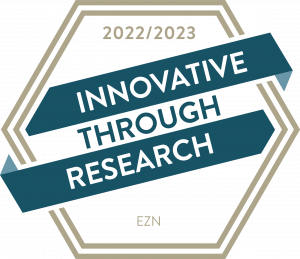Virtual Light Barriers
Abstract
Virtual photoelectric sensors enable comprehensive monitoring, e.g. the detection of activities or dangerous situations such as falls of persons.background
So far, rooms are predominantly monitored with standard photoelectric barriers, grids or curtains. In the case of a light barrier, the surveillance area is defined by the distance between the light transmitter and receiver. On the other hand, light curtains or light curtains use multiple light beams to monitor large areas, and are therefore often used in security applications. The installation effort is considerable. Thus, the individual receivers and transmitters must be precisely aligned and connected to the evaluation electronics. For multiple photocells, the associated cable installation can quickly become a problem. There are already vision-based methods of activity recognition in research that are mostly based on so-called person recognition and tracking methods. These have proven to be very complex in practice. For example, the sensor information is evaluated based on the model information and at the same time the model is constantly updated. This leads to a large computational effort and possibly to the fact that the tracking process during the monitoring “loses” the person.
Innovation / Solution
The virtual light sensors are based on a camera system and have the same function as light grids and light cur-tains. A virtual light barrier is defined by a line in the camera image with a start and a destination point. The colour value or the time course of colour value changes along this line are used to detect whether the line is interrupted by a person or an object. Thus, access to sensitive image information is avoided, preserving the privacy of the person.Benefits
You can close this window. You can find your search results in the previous window




